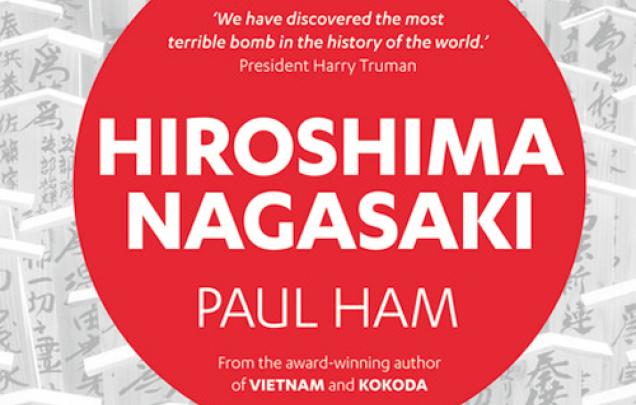Hiroshima Nagasaki by Paul Ham
Shortlisted

JUDGES' COMMENTS
This well-written and meticulously researched book adds considerable dimension and new insights to a well-known and often-told story. Ham provides a detailed and convincing account of the decision-making mechanisms and processes in Washington and Tokyo, dealing in detail with the debates in American political, military and scientific circles that led to the decision to drop atomic bombs on Hiroshima and Nagasaki. Ham shows an extraordinary ability to place the decision to drop the bombs within an international context — including the ‘Europe first’ policy, the negotiations at Potsdam, and the internal Japanese debates that eventually culminated in a decision to accept unconditional surrender.
What really adds depth to Ham’s account is the way he recreates Hiroshima and Nagasaki as living, social and cultural places; how he uses interviews with survivors to demonstrate the enormous and enduring human cost of the bombings. Ham comes to the contentious conclusion, which he argues with tenacity and conviction, that the bombings were unnecessary because the combination of the allied naval blockade of Japan and the entry of the USSR into the war would have forced Japan to surrender. Many readers will disagree with this conclusion but, given the meticulous research and deep thinking which underpin this book, they will need to take it seriously, nevertheless.